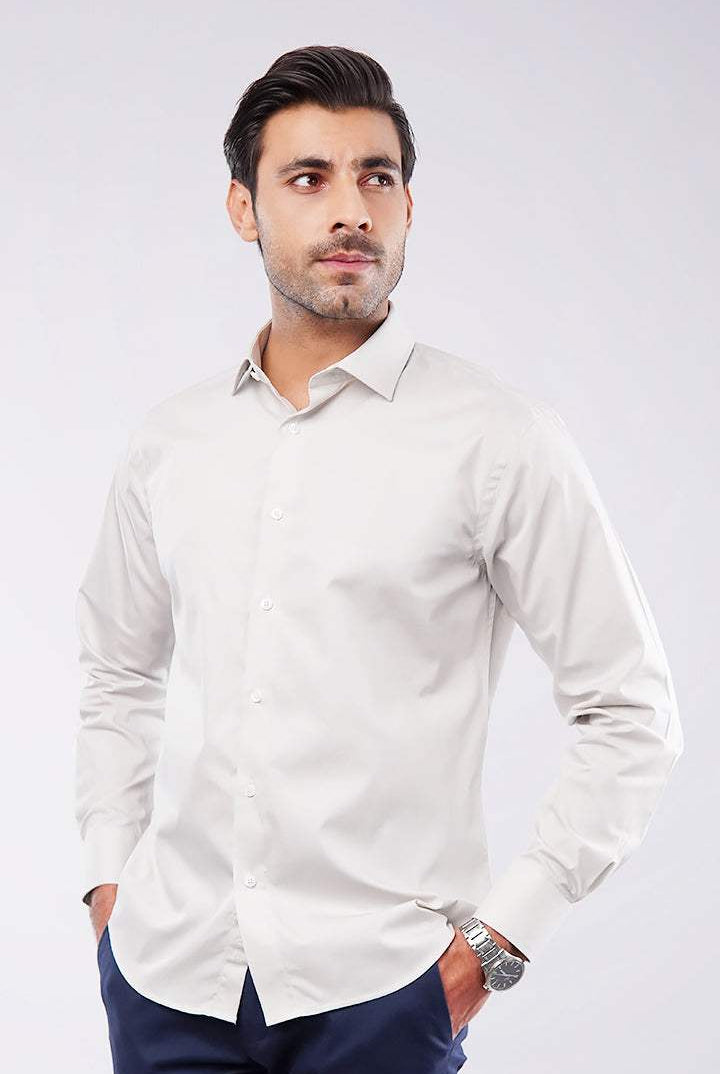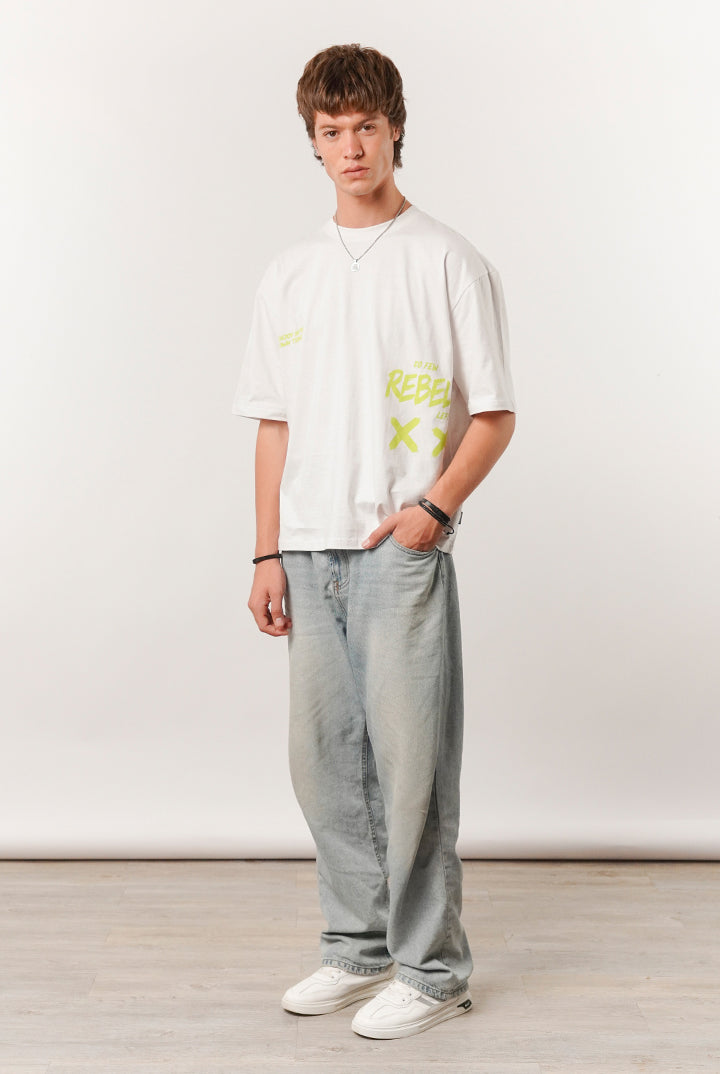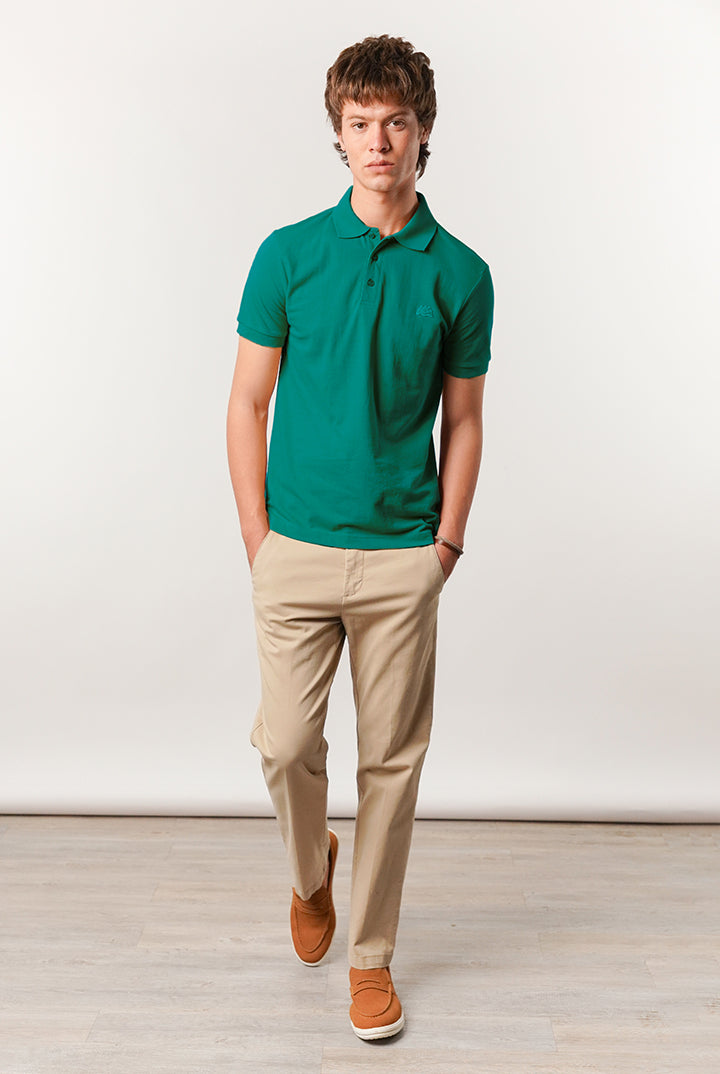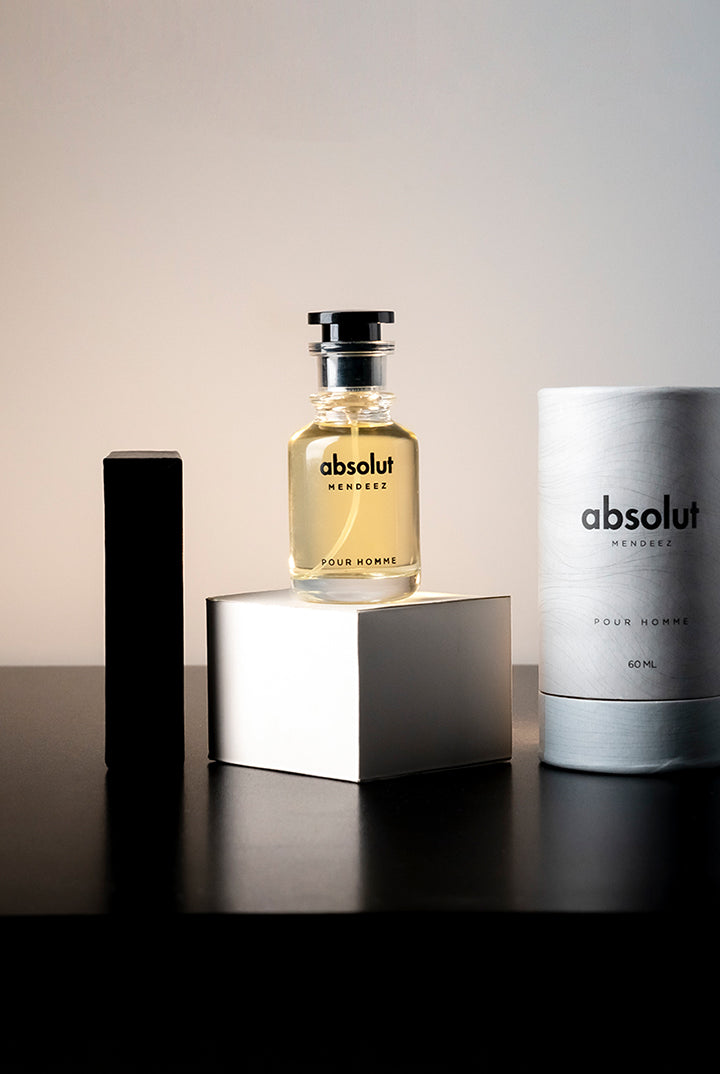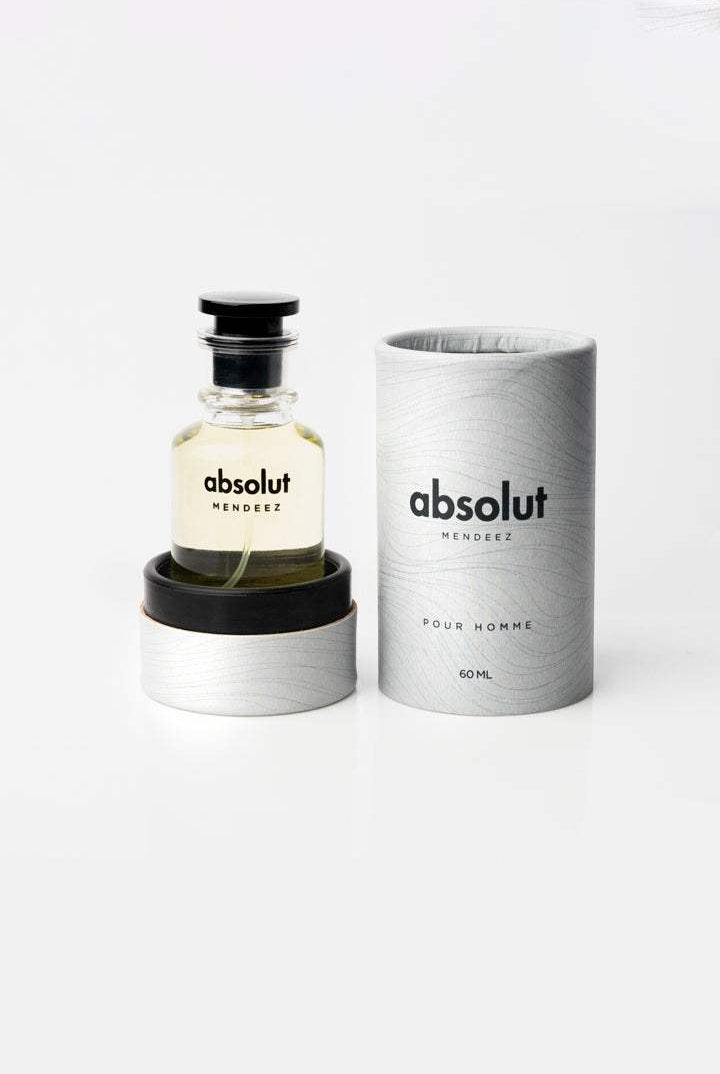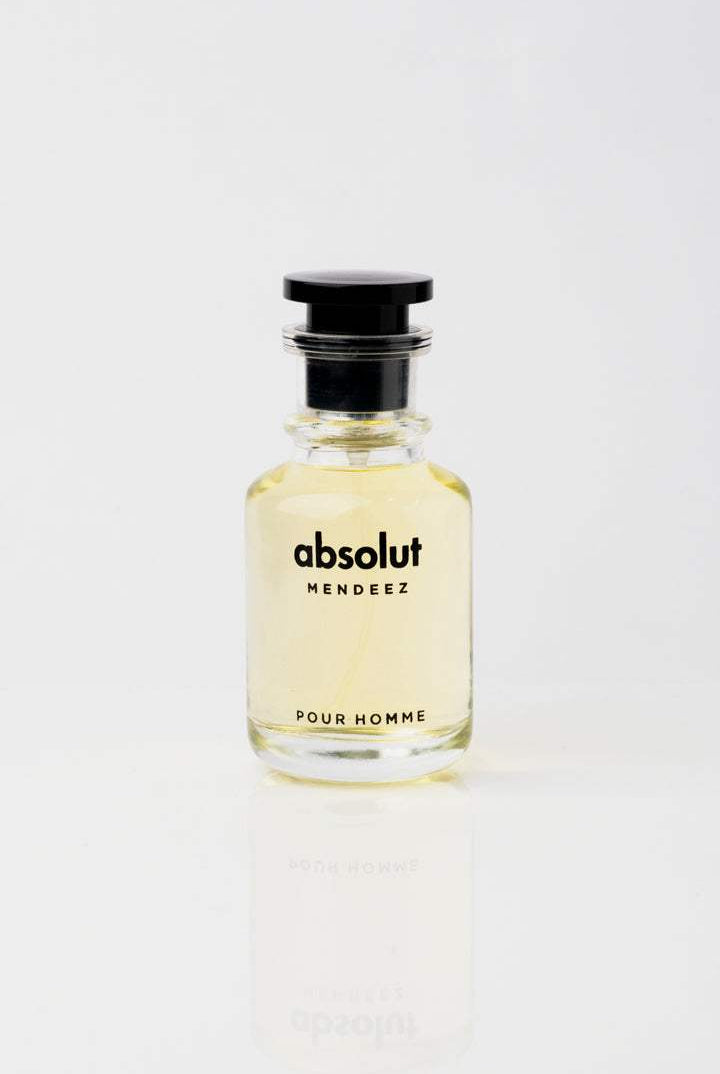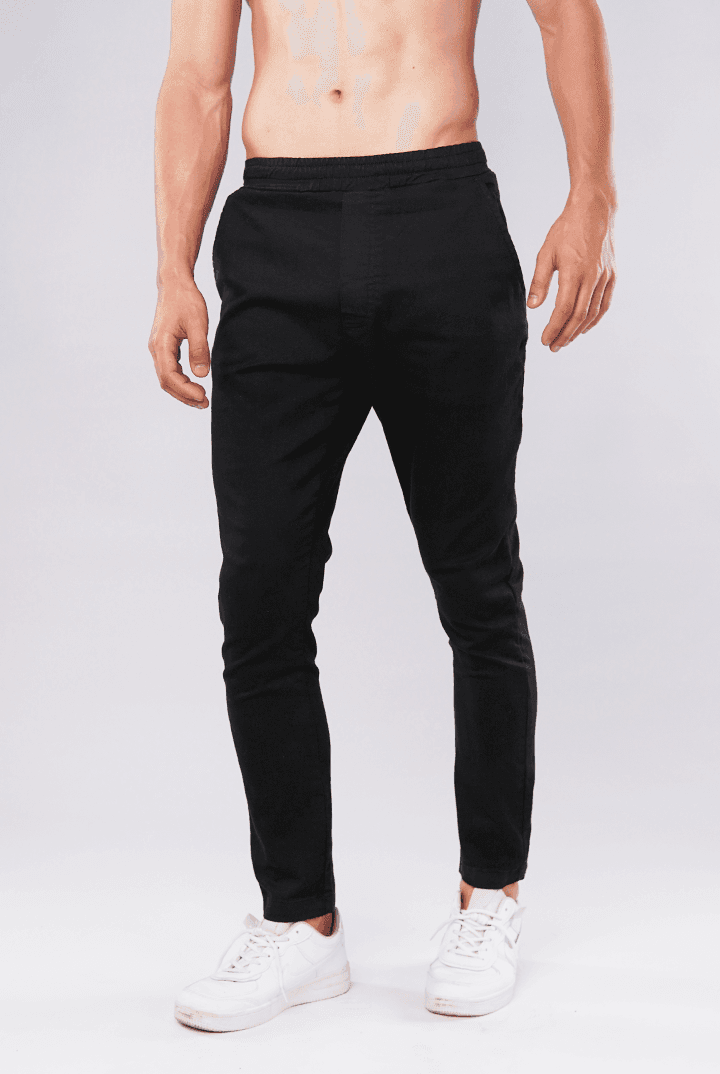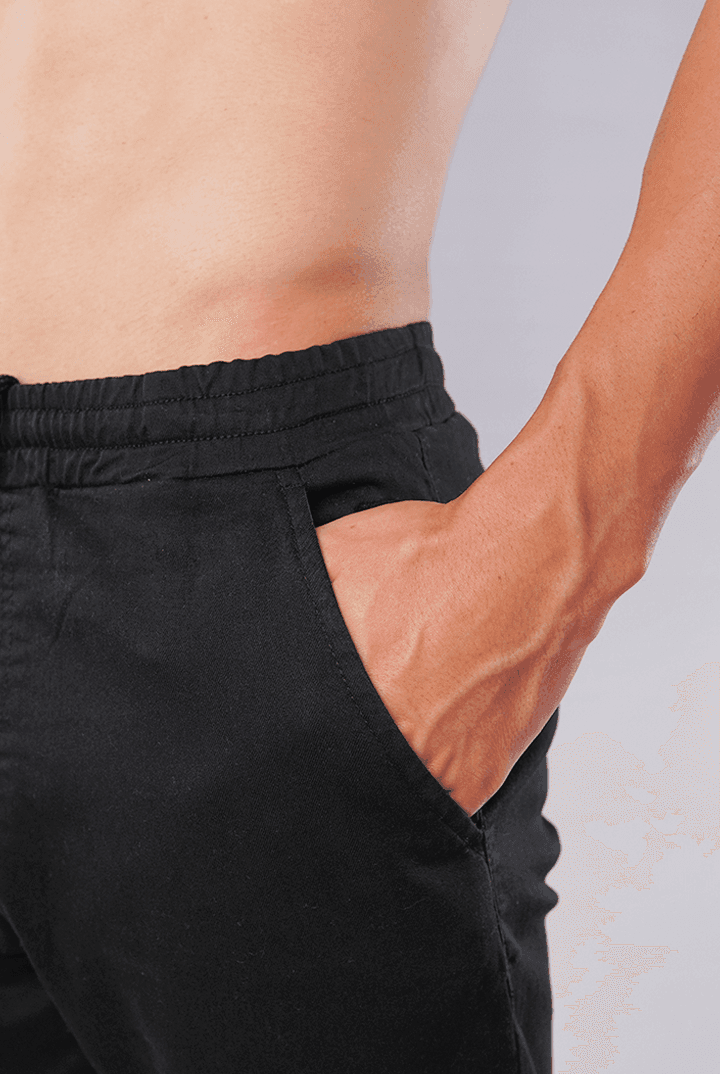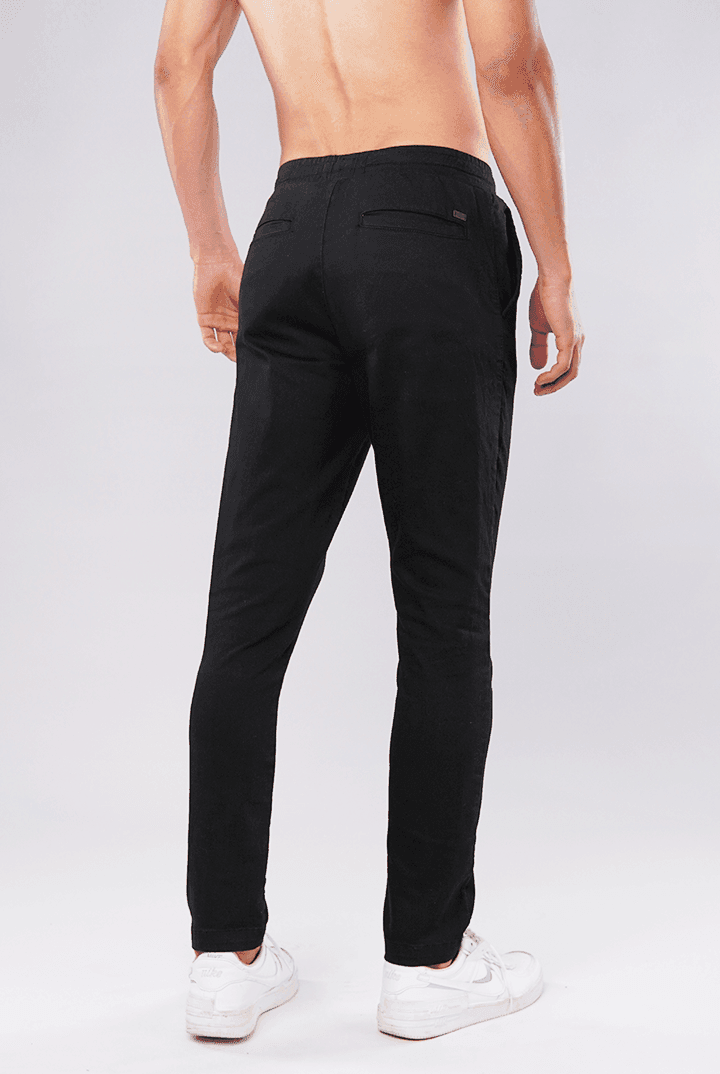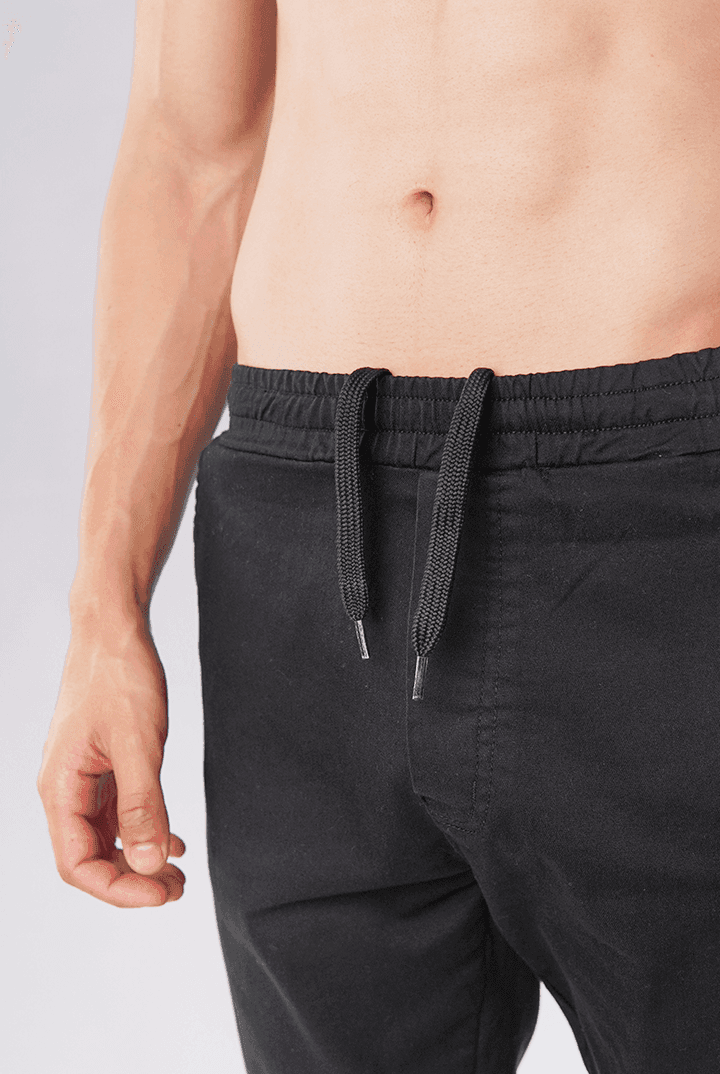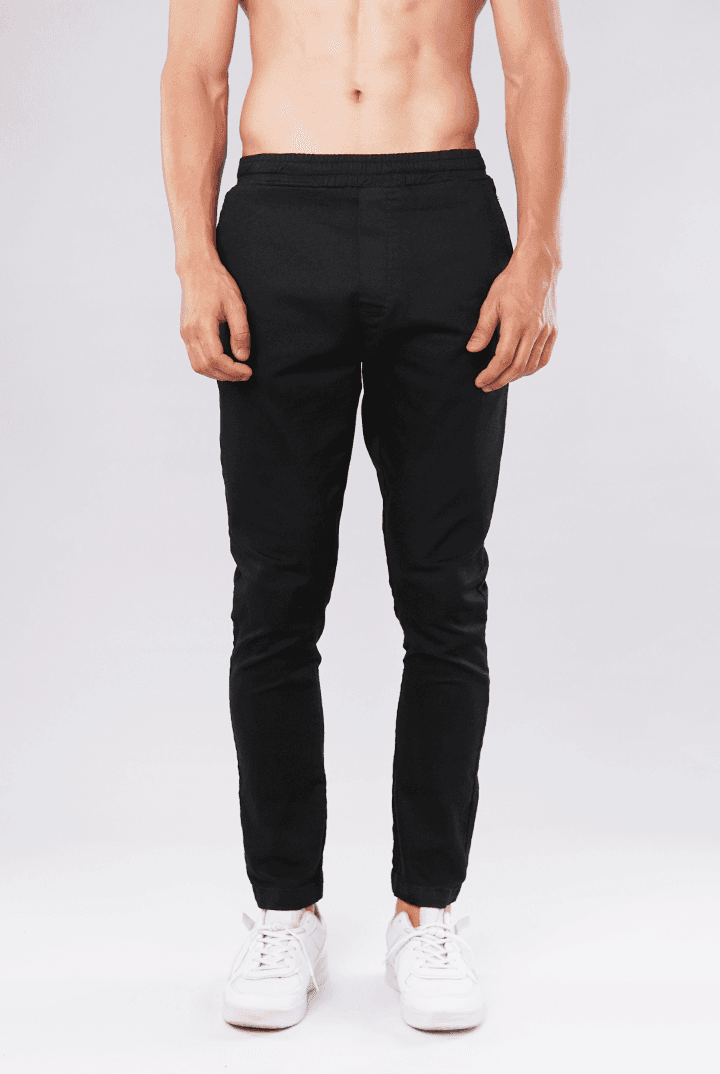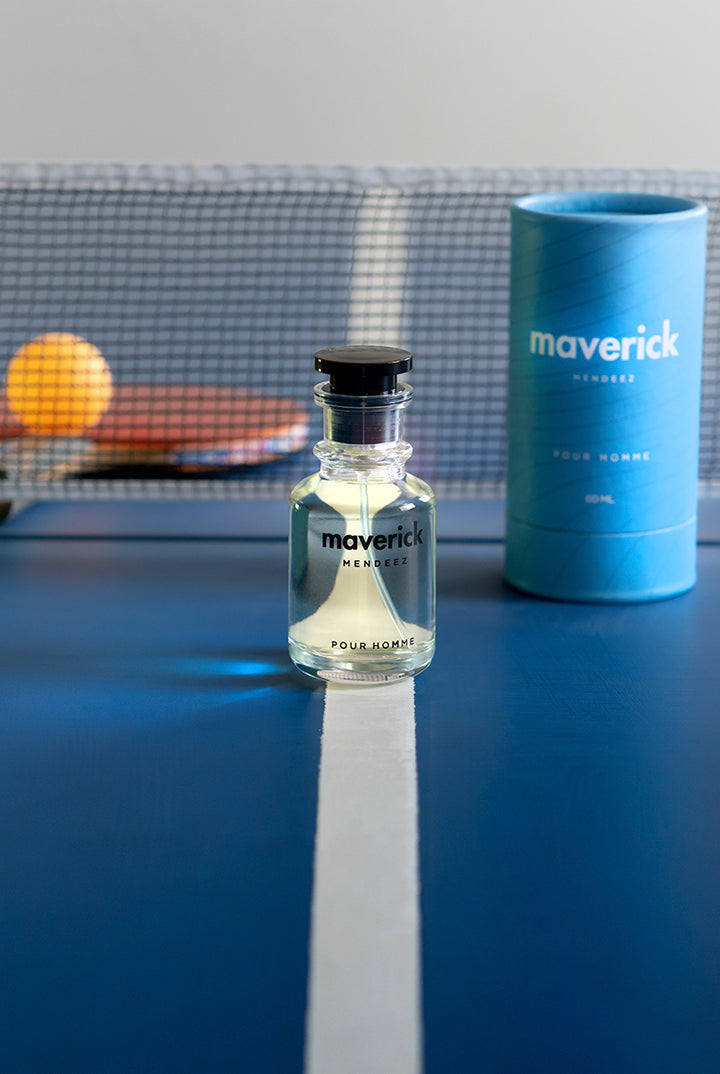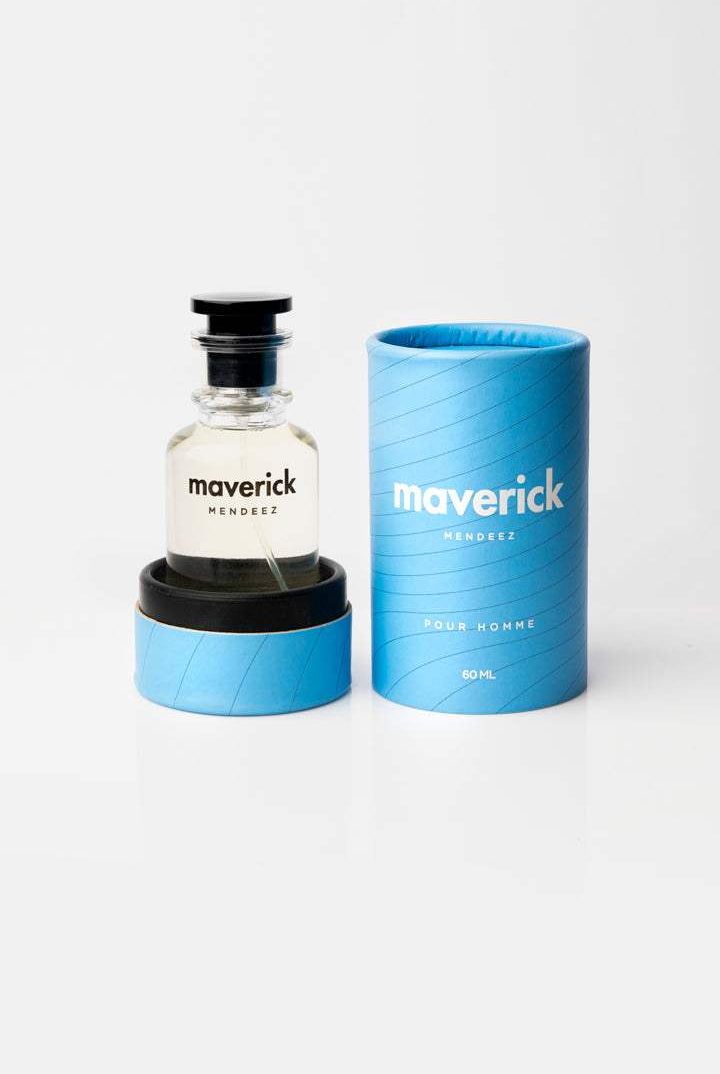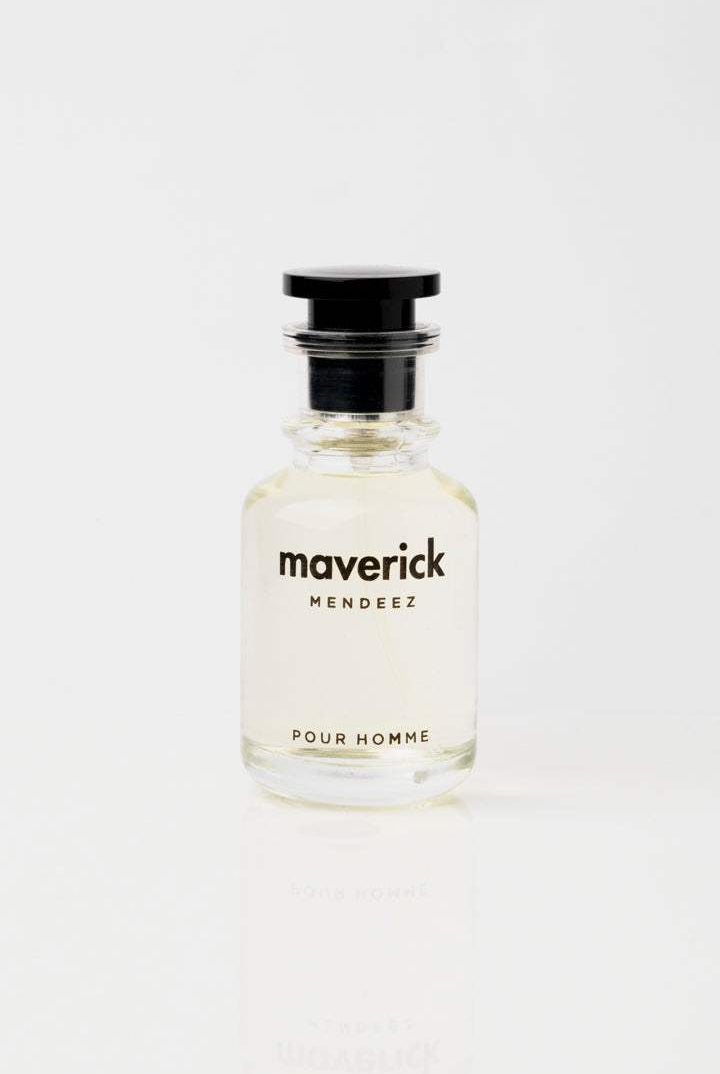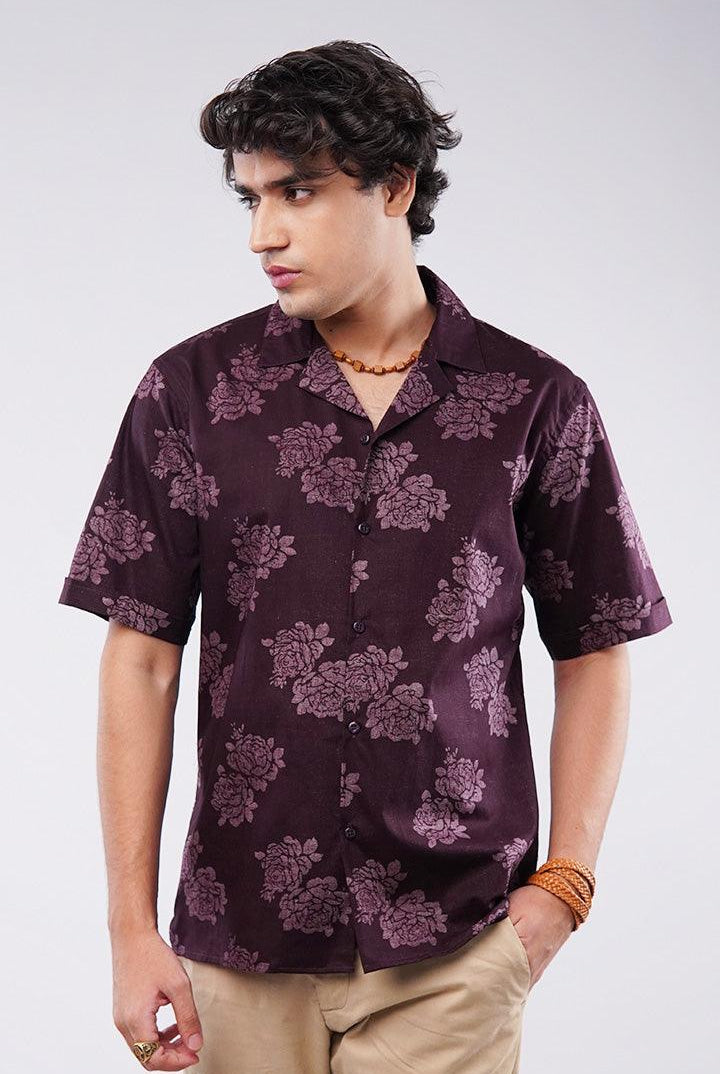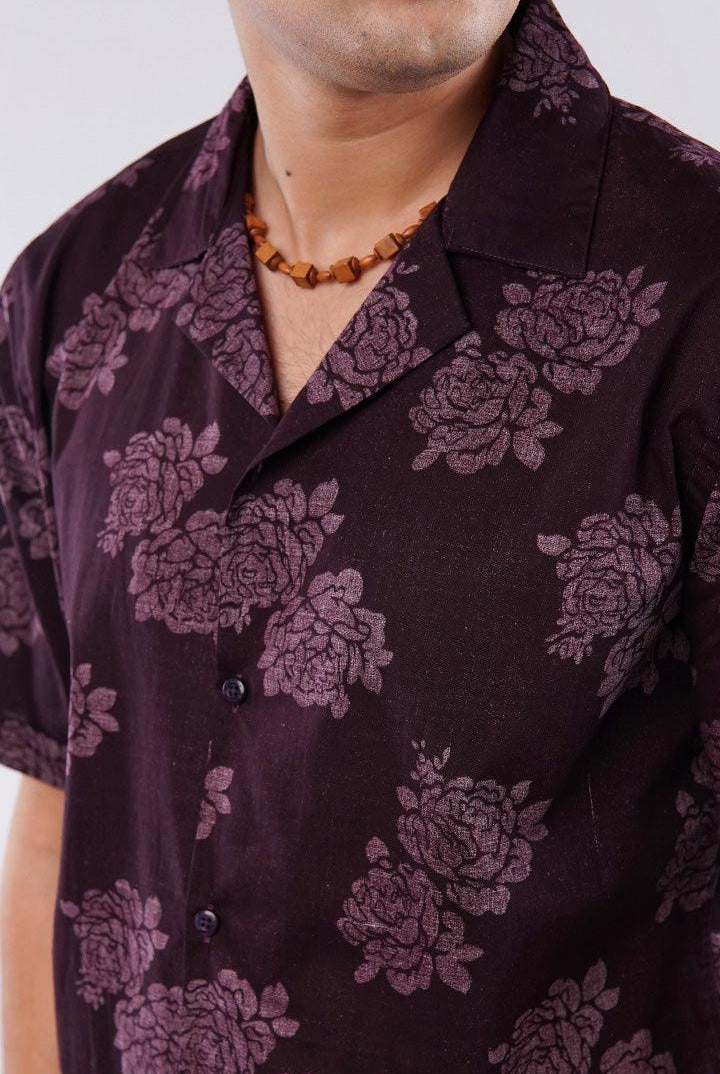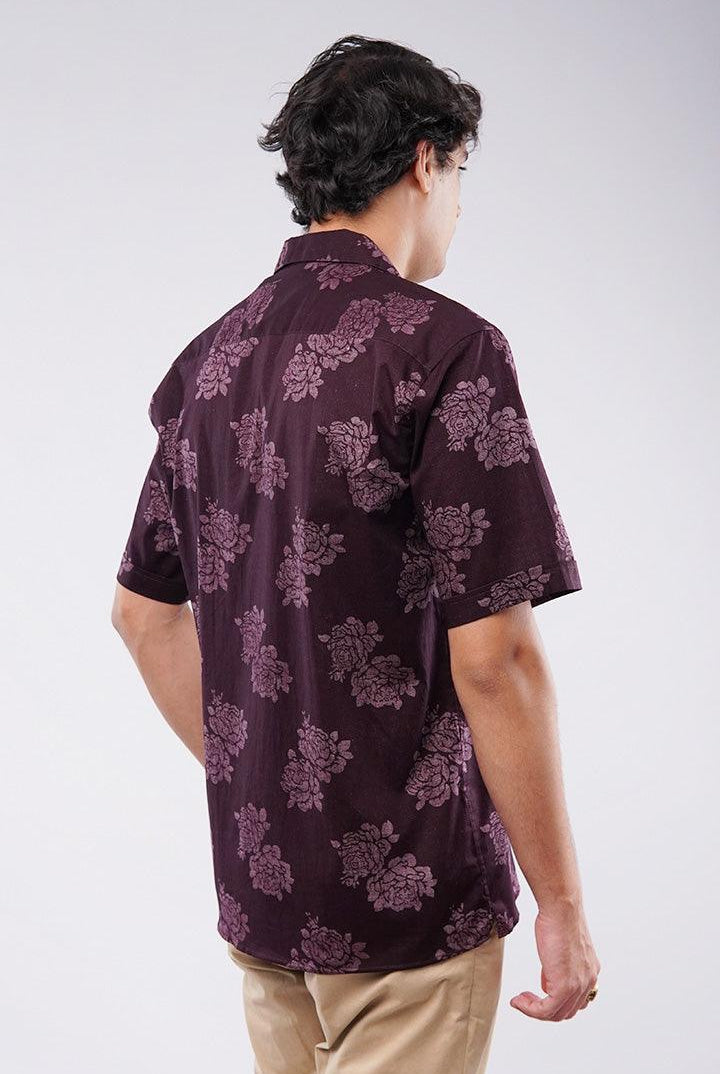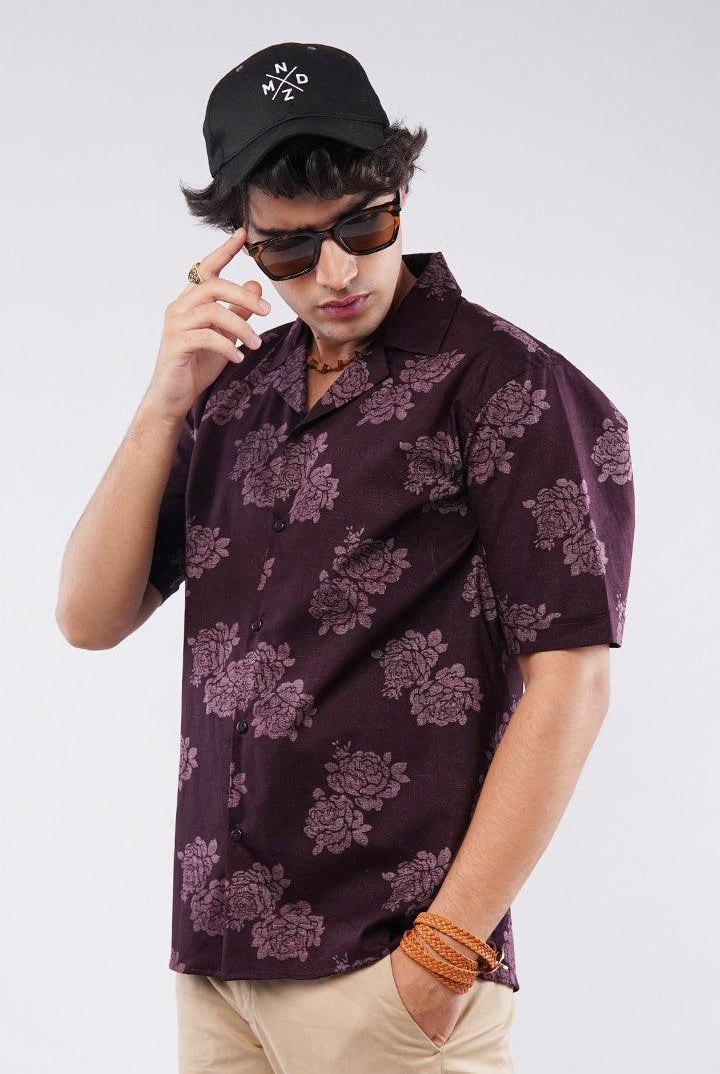Crocheting is not just a craft; it's a heartfelt way to create personalized gifts. In this guide, we'll delve into the art of crocheting a beanies for men. Handmade gifts have a unique charm, and crafting a beanie cap for men allows you to infuse warmth, care, and your personal touch into every stitch.
Selecting the Right Yarn and Hook
Before diving into the beanie pakistan process, understanding the importance of choosing the right yarn and hook is crucial. Yarn weight and hook size play a pivotal role in determining the final look and feel of your beanie.
Weight of Yarn: beanie cap pakistan comes in different thicknesses, known as "weights." Common weights include "fingering," "worsted," and "bulky." For a beanie cap, choose a yarn weight that matches the pattern or gives you the desired warmth and thickness.
Fiber Content: Yarn can be made from various fibers like acrylic, wool, cotton, or a blend. Consider the properties of each fiber. Wool provides warmth, while cotton is breathable. Acrylic is easy to care for and often more affordable.
Color and Texture: Pick a color that you like and that complements your style. Consider the texture of the yarn – smooth yarns show stitch definition, while fuzzy yarns may give a softer look.
Yardage: Check the yarn label for the yardage needed for your beanie pattern. Make Choosing a Hook: The size of your winter cap for men affects the drape and tightness of your stitches. Check the yarn label or the pattern for the recommended hook size. Adjust if needed to achieve the right gauge.
Material of the Hook: caps for sale in pakistan can be made of aluminum, plastic, wood, or other materials. Choose a material that feels comfortable in your hands. Some people prefer the smoothness of metal, while others like the warmth of wood.
Handle Style: Hooks come with different handle styles, like inline or tapered. Try a few to see which is more comfortable for you during long crochet sessions.
Gauge: Pay attention to the gauge mentioned in the pattern. It ensures that your winter caps pakistan stitches match the intended size, and your beanie turns out the right fit.
Measurement and Sizing
Ensure a cap shop online provides perfect fit by accurately measuring the man's head circumference. Adjustments for different styles, such as a snug or slouchy fit, can be made based on individual preferences.
Circumference: Measure around your head where the brim of the beanie will sit. Use a soft measuring tape for accuracy. This measurement is the circumference and helps determine how snug or loose the beanie will be.
Length: Measure from the base of your skull to the point where you want the beanie to end. This gives you the length of the beanie. Consider whether you want a slouchy style or a snug fit when determining the length.
Standard Sizing: Beanie patterns often come in standard sizes like small, medium, and large. Choose the size that matches your head circumference.
Adjusting for Custom Fit: If the pattern allows, you can adjust the number of stitches to make the beanie smaller or larger based on your head measurement. Keep in mind that yarn thickness and hook size also affect the size, so make a gauge swatch to check your stitches.
Ease: Ease refers to how much extra room is in the beanie beyond your actual head measurement. Negative ease means the beanie will be slightly smaller than your head for a snug fit, while positive ease provides a looser, more relaxed fit.
Trying It On: As you work on your beanie, try it on periodically to check the fit. This is especially important if you're adjusting the pattern to your measurements.
Tips for a Good Fit:
Gauge Swatch: Make a small sample of the pattern (gauge swatch) to ensure your stitches match the recommended gauge. This helps in achieving the correct size.
Stretch Test: Consider the stretchiness of your stitches and yarn. Some stitches and fibers are more elastic, allowing the beanie to stretch comfortably.
Personal Preference: If you prefer a snug or loose fit, adjust the sizing accordingly. Your comfort is important, so make the beanie the way you like it.
Foundation Chain and Magic Ring
Creating a sturdy foundation is the first step. The magic ring technique is a valuable skill to master for a seamless start to your bennie cap.
Foundation Chain:
Starting Point: The foundation chain is the first row of stitches in your crochet project, including a beanie. To create it, make a series of chain stitches using your chosen yarn and hook.
Length: The number of chains you make depends on the circumference of your head and the stitch pattern. Measure your foundation chain against your head circumference to ensure it's the right size.
Turning Chain: After making the foundation chain, you usually create a turning chain to start the next row. The turning chain helps in maintaining the height of the stitches in the subsequent rows.
Magic Ring:
Alternative to Chain: The magic ring, also known as the magic circle or magic loop, is an alternative way to start certain crochet projects, especially when making items in the round like beanies.
Adjustable Circle: The magic ring creates an adjustable and tight circle at the center, allowing you to close the hole completely. It's useful for avoiding the hole that might be left in the center when using a traditional chain to start in the round.
Creating the Ring: To make a magic ring, you typically create a loop with the yarn, work your first round of stitches into the ring, and then pull the tail to tighten the circle.
Securing the Ring: After completing the first round of stitches, it's common to slip stitch or use another method to secure the magic ring before continuing with the next rounds.
Choosing Between Them:
When to Use: The choice between a foundation chain and a magic ring depends on the pattern and personal preference. Magic rings are often preferred for items like beanies worked in the round, while a foundation chain may be suitable for flat or straight projects.
Experiment: If you're new to crocheting, try both methods to see which one you find more comfortable and gives you the result you desire.
Single Crochet Stitch
Learn the fundamental single crochet stitch with our step-by-step guide. Consistency in tension is the key to achieving a professional finish.
Basic Stitch: The single crochet stitch is one of the most basic stitches in crochet and is often used in many projects, including beanies. It creates a tight and dense fabric, making it great for keeping warmth in a beanie.
Starting Point: Begin each row of your beanie by making one or more single crochet stitches into the desired stitch or space. This is often done after the foundation chain or magic ring to build up the first row.
Inserting the Hook: To make a single crochet, insert the crochet hook into the designated stitch. Yarn over and pull up a loop, so you have two loops on your hook.
Yarn Over and Pull Through: Yarn over again and pull through both loops on the hook. This completes one single crochet stitch.
Repeat: Continue making single crochet stitches across the row. At the end of the row, you might chain one or turn your work, depending on the pattern.
Building Rows: As you build more rows with single crochet stitches, you'll start to see the fabric of your beanie forming.
Tips for Using Single Crochet in a Beanie
Gauge Matters: Pay attention to your gauge, which is the number of stitches and rows per inch. This ensures your beanie turns out the right size.
Tightness or Looseness: Adjust the tension of your stitches based on the desired texture of your beanie. A tighter tension creates a denser fabric, while a looser tension might result in a more relaxed feel.
Counting Stitches: Count your stitches regularly to make sure you're following the pattern correctly and maintaining the right number of stitches in each row.
Creating Texture: Experiment with variations of the single crochet, like front loop only (FLO) or back loop only (BLO), to create different textures in your beanie.
Increasing and Decreasing
Adjust the caps for men online size of your beanie by adding or reducing stitches strategically.
Ribbing and Textures
Enhance the aesthetics of your beanie with ribbing for the brim and incorporating textured stitches for a unique finish.
Finishing Touches
Ensure your mens caps pakistan is polished by securely fastening loose ends and employing proper blocking techniques.
Embellishments and Personalization
Go beyond the basics by adding caps online pakistan buttons, patches, or personalized embroidery to make the beanie truly one-of-a-kind.
Care and Maintenance
Learn the proper way to care for your handmade creation, including washing and storing, to ensure its longevity.
Showcasing Your Creation on Social Media
Share your completed work with the crochet community, connect with fellow crafters, and receive valuable feedback on your journey.
Troubleshooting Common Issues
Address common challenges like uneven stitches and yarn tangling with our helpful troubleshooting tips.
Conclusion
As you conclude your caps for men pakistan adventure, take a moment to reflect on the unique beanie you've crafted. Each stitch tells a story, and your creation is a testament to your dedication and creativity. Encourage others to embark on their own crochet journey with Mendeez and experience the joy of handmade gifts of caps brands in pakistan.
FAQs
Can I use different yarn weights for the cap?
While it's possible, it's essential to adjust the hook size accordingly to maintain the intended size and structure.
How do I fix uneven stitches in my crochet work?
Gently blocking your finished piece can help even out stitches. Pay attention to your tension while crocheting to prevent inconsistencies.
What is the magic ring technique, and why is it useful?
The magic ring creates a seamless and tight center for your crochet project, ensuring a polished and professional start.
Can I personalize the beanie with my own design?
Absolutely! Adding embellishments, embroidery, or unique color combinations allows you to customize the beanie to suit the man's style.
Is crocheting only for women?
Not at all! Crocheting is a versatile and enjoyable craft suitable for everyone, regardless of gender.

